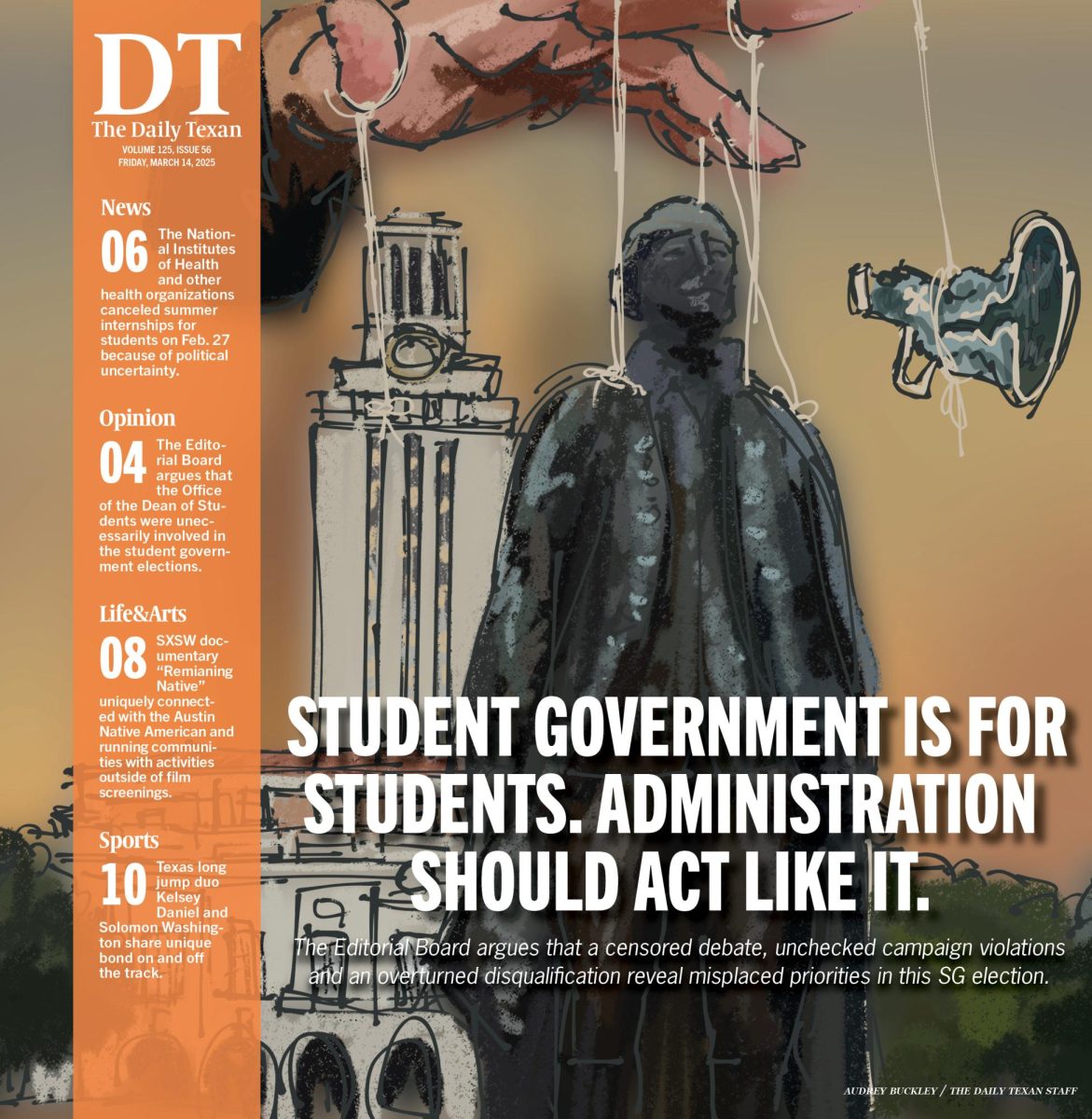New bill could give UT, Texas A&M systems more access to Permanent University Fund
January 19, 2023
Sen. Charles Perry introduced Bill SJR 26 on Jan. 6 to amend the Permanent University Fund.
The bill proposes a constitutional amendment to entitle all component institutions of The Texas A&M University System and The University of Texas System to receive PUF income and other benefits of the PUF, rather than just the 14 selected universities in the past.
The Texas Constitution established the PUF in 1876, which set aside land in West Texas to support the UT and Texas A&M systems and outlined how the fund is to be distributed between the two. The Board of Regents approves all uses of the funds when requested by the systems.
“To some extent, (UT’s) revenue stream is linked to the price of oil and gas,” finance professor Ehud Ronn said. “That’s where the primary revenues that are generated by PUF come from. They come from the leasing of oil and gas lands out in West Texas.”
Bill SJR 26 focuses on allowing all institutions of the two systems to profit off of the PUF. Since the UT systems website states PUF bonds may be issued for the benefit of all 13 UT System institutions already, this bill would only change funding for the other Texas A&M University System institutions. Commenters on Twitter voiced their disappointment with the bill for not allowing other universities within the state access.
“Only about 4% of the PUF fund is allocated to be spent each year, and that is divided between UT and A&M systems — UT gets two-thirds and A&M one-third,” Catherine Frazier, director of media relations for the UT System, said in an email. “In terms of PUF dollars that are spent, that is all approved by the UT Board of Regents at quarterly board meetings.”
According to the email from Frazier, the PUF bond proceeds are used for three categories. The first is the LERR program, which funds the libraries, equipment, repair and rehabilitation. The second is the STARs program, which allows the University to acquire science and technology-related materials and retain top faculty. Lastly, the Board of Regents can choose to allocate funds elsewhere.
For the 2023 fiscal year, almost $70 million is being allocated to various academic institutions in the UT system. $65,000 is going towards library books and materials, $7.4 million is going towards capital equipment and $58.4 million going towards campus repairs. No funding is going towards the faculty STARs program.
“The fund basically spins up these cash flows that UT and Texas A&M systems can use,” Ronn said. “Essentially, that is a sort of the annual dividend, if you will, that these operations spin off, and then people can use that for the good things that they’re doing.”












